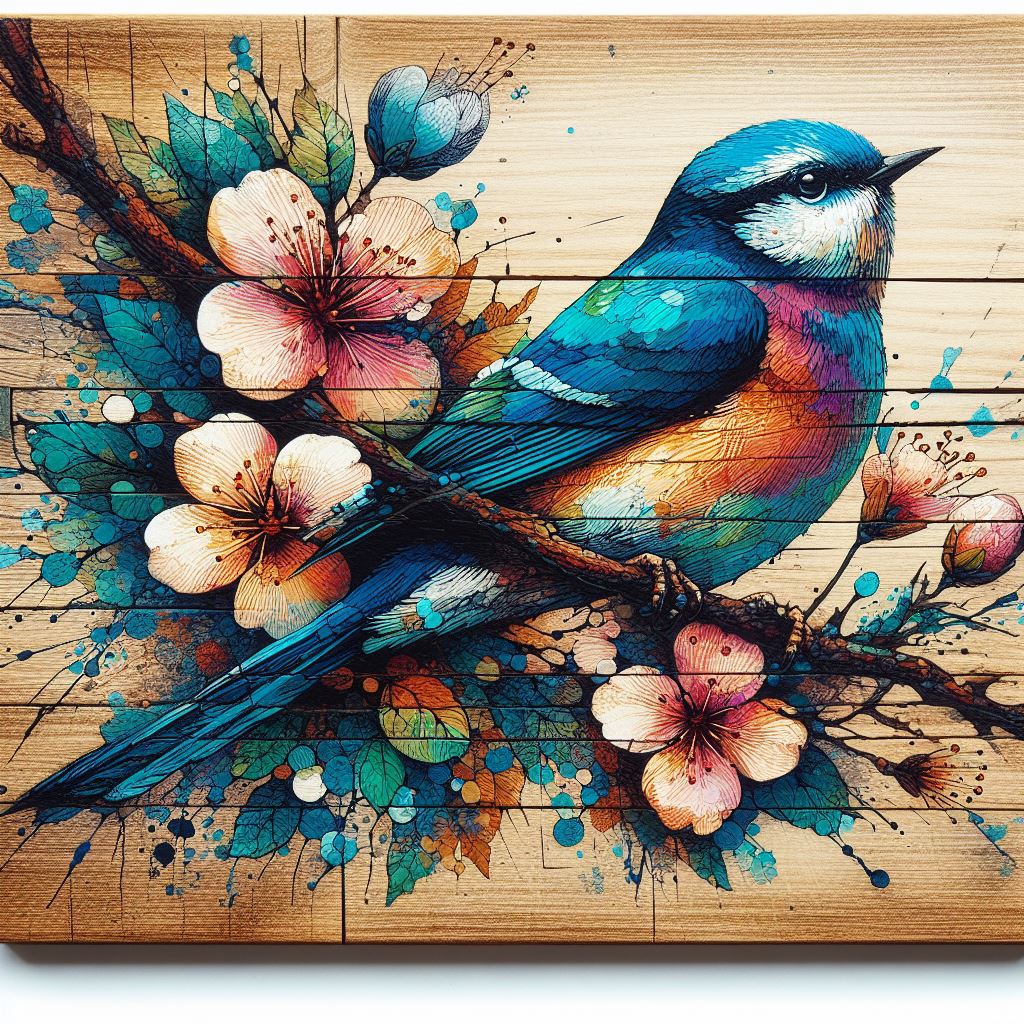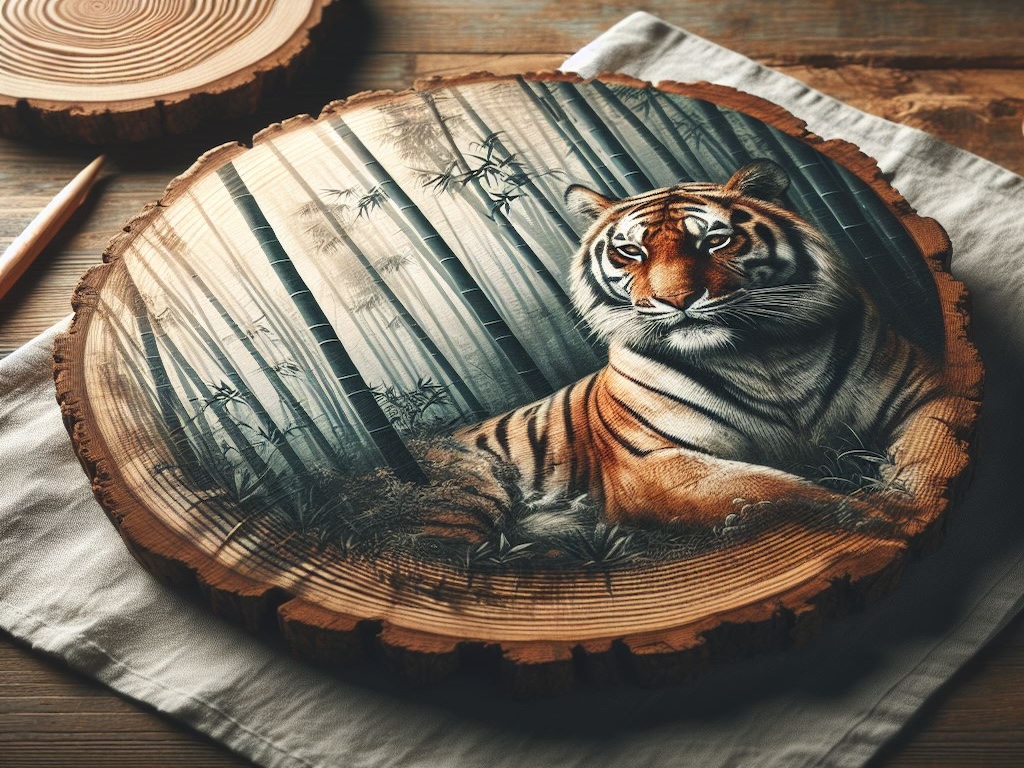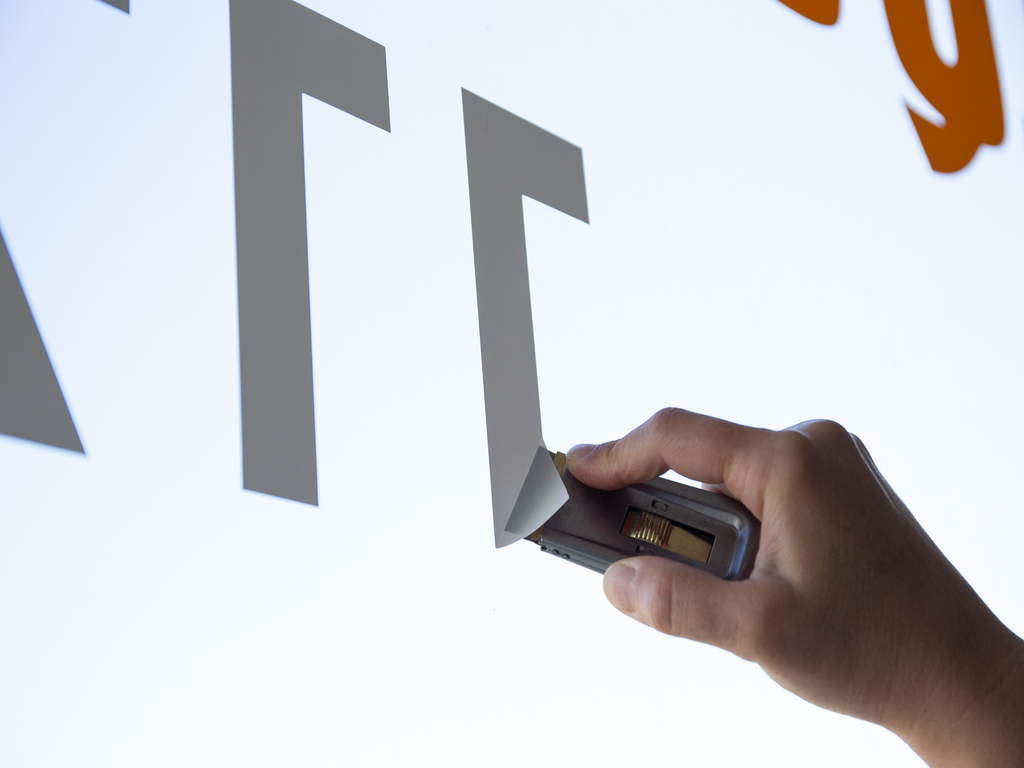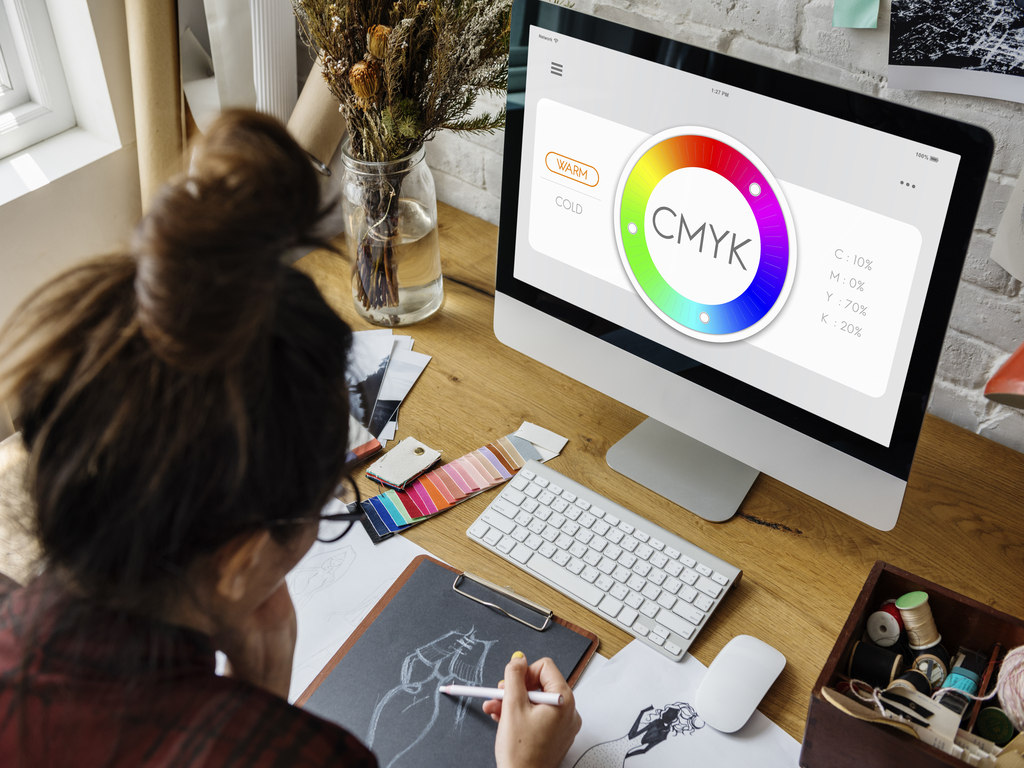Can You Sublimate on Wood?
Sublimation printing has revolutionized the way we approach personalized and custom designs, extending its capabilities far beyond the realms of fabric and ceramics. A question that frequently arises among enthusiasts and professionals alike is, “Can you sublimate on wood?” This intriguing possibility opens up a new avenue for creativity and product offerings, especially for businesses like Triboro Printing, which are always on the lookout for innovative ways to meet customer demands.
The Process of Sublimation on Wood
Sublimation printing, traditionally known for its application on polyester or polymer-coated substrates, involves turning solid dye particles into gas using heat and pressure, which then bonds to the substrate, creating a vibrant, full-color image. The challenge with wood is that it lacks the polymer coating that is typically necessary for sublimation to adhere to the surface.
However, with advancements in technology and printing techniques, sublimating on wood has become not only possible but also produces stunning results. The key is preparing the wood surface to make it compatible with sublimation inks. This is typically achieved by applying a special polymer coating to the wood before the sublimation process. This coating acts as a medium for the sublimation dye to bond with the wood, ensuring the image transfers effectively and remains durable.

CONSIDERATIONS FOR SUBLIMATING ON WOOD
Surface Preparation: The wood surface needs to be smooth and clean. Any dirt or imperfections can affect the transfer quality. Applying a white or light-colored polymer coating is crucial for vibrant color reproduction since sublimation inks are transparent, and the wood color can significantly influence the final appearance.
Type of Wood: The type of wood plays a role in the outcome of the sublimation process. Lighter woods, such as maple or birch, tend to display colors more brightly and accurately. Darker woods might not show the transferred images as well.
Equipment and Materials: Using high-quality sublimation inks and a reliable heat press is essential for achieving the best results. The heat press must be able to apply even heat and pressure across the wood surface.
Finish: After sublimating, applying a clear protective finish can enhance the durability of the image and the wood product itself. This finish protects the image from wear and tear, moisture, and fading.
CREATIVE APPLICATIONS
Sublimating on wood opens up a myriad of possibilities for creating personalized and unique products, such as:
-
- Custom wooden plaques and awards
-
- Personalized photo panels
-
- Decorative signs and wall hangings
-
- Unique gifts and keepsakes
Triboro Printing’s commitment to innovation means exploring these new techniques and offering customers a broader range of customizable products. By mastering the art of sublimation on wood, businesses can set themselves apart in the competitive printing market, providing clients with high-quality, unique items that capture the imagination.
CONCLUSION
The question of whether you can sublimate on wood has a promising answer: yes, with the right preparation and techniques. This capability extends the creative and commercial opportunities for printing businesses and DIY enthusiasts alike. By experimenting with sublimation on different substrates, including wood, Triboro Printing continues to push the boundaries of what’s possible in the world of custom printing, delivering exceptional products that cater to the diverse needs and preferences of their clients.




